Home>Garden Essentials>Where Are The Seeds In Celery
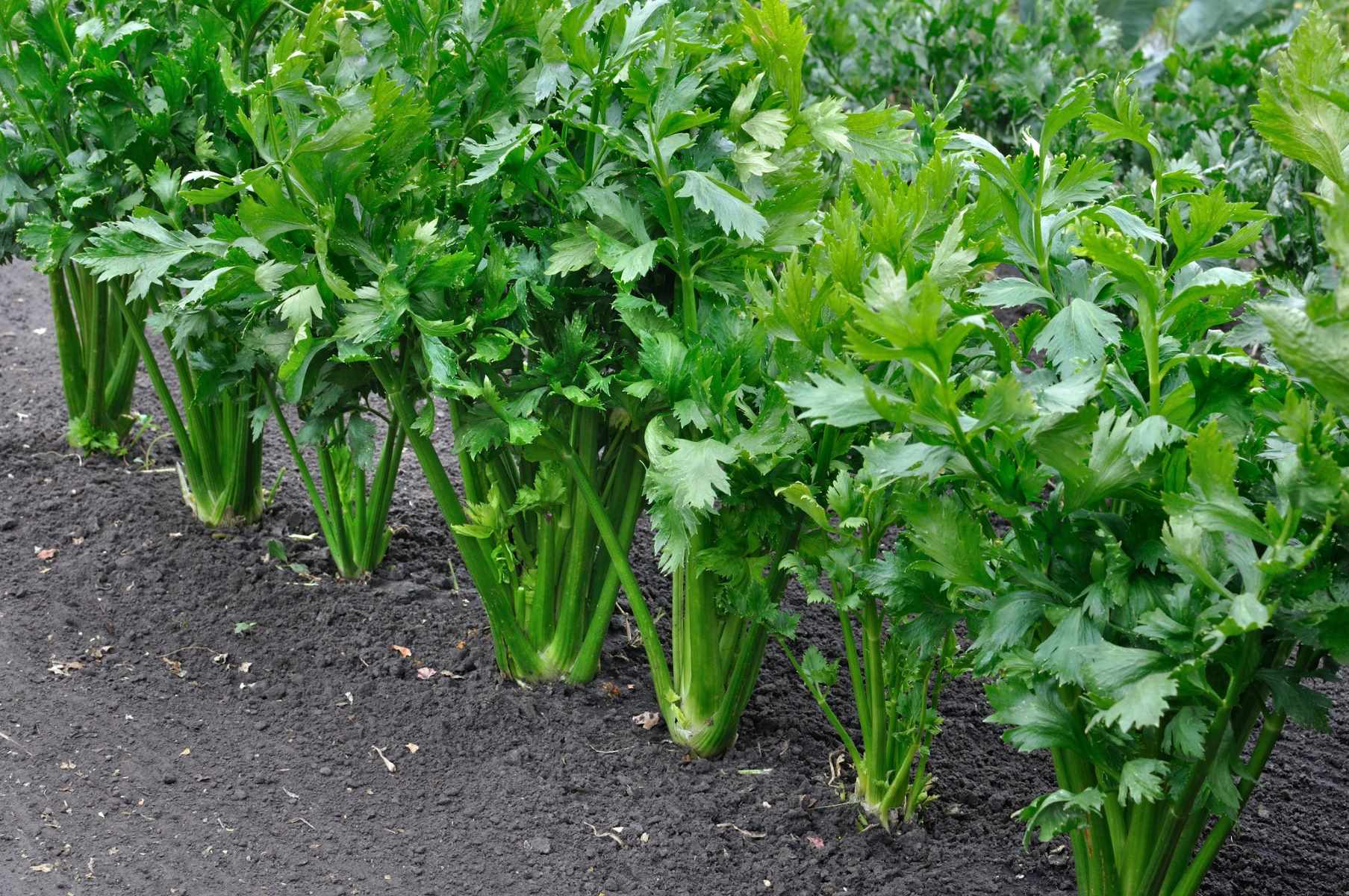

Garden Essentials
Where Are The Seeds In Celery
Modified: March 24, 2024
Learn where to find the seeds in celery and how to grow your own celery plant in your garden. Discover the secrets to successful celery cultivation.
(Many of the links in this article redirect to a specific reviewed product. Your purchase of these products through affiliate links helps to generate commission for Storables.com, at no extra cost. Learn more)
Introduction
Welcome to the fascinating world of celery! While celery is widely known for its crunchy stalks and delicious taste, have you ever wondered about its seeds? Where are the seeds in celery?
In this article, we will unravel the mysteries surrounding celery seeds. We will explore the anatomy of celery, discover the different varieties of seedless celery, delve into the process of pollination and seed production, learn how to harvest and store celery seeds, and debunk common myths associated with these tiny but powerful seeds.
So, if you’ve ever been curious about the elusive seeds hiding within this beloved vegetable, sit back, relax, and let’s dive into the wonderful world of celery seeds!
Key Takeaways:
- Celery seeds are found within the flower clusters of the celery plant and play a crucial role in its reproduction, offering potential for future growth and flavor.
- Seedless celery varieties, like Golden Self-Blanching and Pascal, provide convenience in the kitchen without the hassle of dealing with seeds, making them a favorite among home gardeners and commercial growers.
Read more: Where Are Celery Seeds
Anatomy of Celery
Before we can understand the location of celery seeds, it’s important to familiarize ourselves with the anatomy of this versatile vegetable.
Celery belongs to the Apiaceae family and is scientifically known as Apium graveolens. It is a biennial plant, which means it completes its life cycle in two years. In the first year, celery grows a rosette of leaves and a fleshy, edible stalk. In the second year, it produces flowers, seeds, and ultimately completes its life cycle.
Celery plants have a distinctive structure comprised of several parts:
- Root system: Below the soil surface, celery plants have a complex network of roots that absorb water and nutrients from the soil to support growth.
- Stalk (petiole): This is the most recognizable part of celery. It is long, fibrous, and green, with the inner part being more tender and flavorful.
- Leaf blades: At the top of the stalk, celery plants have lush, green leaf blades that give the plant its vibrant appearance.
- Leaf sheaths: The leaf blades wrap around the stalk, forming protective sheaths.
- Umbels and flowers: In the second year of growth, celery produces umbels – spherical clusters of small flowers. These flowers are typically yellow or white in color.
- Seeds: Within the umbels, the flowers produce seeds. It is these seeds that hold the potential for growing new celery plants.
Now that we have a clear understanding of celery’s anatomy, let’s explore the specific locations where celery seeds can be found.
Seedless Celery Varieties
While we often associate celery with its seeds, there are actually seedless varieties of this popular vegetable. Seedless celery, also known as self-blanching celery, is cultivated specifically for its tender stalks and lack of seeds.
Seedless celery varieties are bred to have reduced seed production or produce seeds that are too small to be noticeable. This makes them a favorite among home gardeners and commercial growers who prefer the convenience of seedless celery for culinary purposes.
Some popular seedless celery varieties include:
- Golden Self-Blanching: This variety has bright golden stalks that are crisp and sweet in flavor. It is known for its excellent self-blanching properties, meaning the stalks become naturally light yellow without the need for manual blanching.
- Pascal: Pascal celery is one of the most common varieties found in grocery stores. It has thick, crunchy stalks with a mild flavor. While it does produce seeds, they are typically small and inconspicuous.
- Tango: Tango celery is a newer variety known for its vibrant green stalks and exceptional disease resistance. It has a crisp texture and a slightly stronger flavor compared to other seedless varieties.
- Tendercrisp: As the name suggests, Tendercrisp celery is prized for its tender, yet crunchy stalks. It has a slightly sweeter taste compared to traditional celery and is also a popular choice for juicing.
Seedless celery varieties offer the benefit of convenience and ease of use in cooking, as there is no need to remove or work around pesky seeds. Plus, they still provide the same health benefits and delicious flavor as regular celery.
Now that we’ve explored seedless celery varieties, let’s delve into the fascinating process of pollination and seed production in celery.
Pollination and Seed Production
Pollination is a critical step in the seed production process of celery. Unlike seedless varieties, traditional celery plants rely on pollination to produce viable seeds.
Celery flowers are structured in a way that promotes cross-pollination, meaning they need to receive pollen from another celery plant to produce seeds. The flowers have both male and female reproductive parts, making them capable of self-pollination, but cross-pollination is more common.
The transfer of pollen from the male to the female parts of the flower can occur through various mechanisms, including wind, insects, or even manual assistance from humans. In commercial celery production, farmers often use bees to facilitate efficient pollination.
Once the flowers are pollinated, they undergo a transformation. The ovaries at the base of the flowers develop into seeds, while the petals and other reproductive structures wither and fall away.
As the seeds mature, they change in color and texture. Initially green and soft, the seeds gradually turn brown and harden. This signifies that they are ready for harvesting and storage.
It’s important to note that celery plants are biennial, meaning they complete their life cycle in two years. In the first year, celery plants grow vegetatively, producing leaves and stalks. In the second year, they focus their energy on reproduction, flowering, and seed production.
Now that we have an understanding of the pollination and seed production process in celery, let’s discover the methods for harvesting and storing these valuable seeds.
The seeds in celery are found in the flowers that appear after the plant matures. If you want to harvest the seeds, let the flowers dry out and collect the small brown seeds for planting.
Harvesting Celery Seeds
Harvesting celery seeds requires patience and careful observation. The process starts when the mature seeds reach their full size and turn from green to a brownish color.
Here are the steps to harvest celery seeds:
- Observe the plants: Watch for signs of seed maturity. The flowers will wither and dry out, and the seed clusters will turn brown and become dry and brittle.
- Select the best plants: Choose the healthiest and most robust celery plants to collect seeds from. This ensures that the seeds have the best chance of producing strong and vigorous offspring.
- Cut the seed heads: Using clean and sharp garden shears, cut the seed heads from the plant. Place a container or a bag underneath to catch any falling seeds.
- Remove excess debris: Remove any leaves, stems, or other plant material from the seed heads. This can be done by gently rubbing or shaking the seed heads over a sieve or mesh screen.
- Separate the seeds: Once you have removed debris, carefully separate the seeds from the remaining flower parts. This can be done by gently crushing the seed heads or rubbing them between your fingers.
- Dry the seeds: Spread the seeds out in a single layer on a clean and dry surface, such as a tray or a piece of paper. Let them dry completely for a week or two, ensuring they are protected from moisture and direct sunlight.
- Store the seeds: Once the seeds are thoroughly dry, transfer them to an airtight container, such as a glass jar or a seed packet. Store them in a cool, dry, and dark place to maintain their viability.
It’s worth noting that celery seeds have a short shelf life compared to other seeds. Therefore, it is advisable to use or replant them within a year to ensure optimal germination rates.
Now that we understand the process of harvesting celery seeds, let’s explore how to properly store and germinate them for future use.
Read more: How Much Celery Seed Equals A Cup Of Celery
Storage and Germination of Celery Seeds
Proper storage and germination are crucial for maintaining the viability of celery seeds. Here are some guidelines to ensure the longevity and successful germination of your celery seeds:
Storage:
- Ensure the celery seeds are completely dry before storing them. Moisture can lead to mold or rot, decreasing viability.
- Transfer the dry seeds to an airtight container, such as a glass jar or a seed packet. This helps protect them from moisture, pests, and temperature fluctuations.
- Label the container with the date and variety of the seeds for easy identification.
- Store the seeds in a cool, dry, and dark place, such as a pantry or a refrigerator. The ideal temperature for storage is around 40°F (4°C).
- Check the seeds periodically for any signs of mold, discoloration, or pest infestation. Discard any seeds that appear damaged or compromised.
Germination:
- Before sowing the seeds, perform a germination test to check their viability. Place a few seeds on a moist paper towel or a piece of absorbent cloth. Keep it in a warm location and check for germination after 7 to 10 days.
- If the seeds germinate successfully, they are ready for planting. If the germination rate is low, consider purchasing fresh seeds or collecting new ones.
- Prepare a seedbed or seed trays with well-draining soil or seed-starting mix. Make sure the soil is moist but not waterlogged.
- Sow the celery seeds at a depth of about 1/8 to 1/4 inch (3-6 mm) and cover them lightly with soil.
- Keep the soil consistently moist throughout the germination period, which typically takes 10 to 14 days.
- Once the seedlings have developed true leaves, thin them out to allow sufficient space for each plant to grow.
Celery seeds generally have a high germination rate if stored and handled properly. However, keep in mind that seed viability decreases over time, so it’s a good practice to test the germination rate of older seeds before sowing them in larger quantities.
Now that we understand the storage and germination process of celery seeds, let’s address some common myths associated with these tiny yet powerful seeds.
Common Myths about Celery Seeds
Celery seeds have long been associated with various myths and misconceptions. Let’s take a closer look at some common myths surrounding celery seeds and separate fact from fiction!
- Myth 1: Celery seeds can be used as a substitute for celery stalks: While celery seeds do share a similar flavor profile as celery stalks, they are much more potent. They are commonly used as a spice or flavor enhancer in dishes, but they cannot be directly substituted for fresh celery stalks in recipes.
- Myth 2: Celery seeds have the same health benefits as celery stalks: While celery seeds do contain some of the nutrients found in celery stalks, such as fiber and antioxidants, the concentrations are much higher in the seeds. However, the overall health benefits of celery seeds may differ from those of the stalks.
- Myth 3: Celery seeds can be used to lose weight: There is a popular belief that celery seeds can aid in weight loss. However, there is no scientific evidence to support this claim. While celery seeds may have some potential health benefits, they should not be relied upon as a sole weight-loss solution.
- Myth 4: Eating celery seeds can improve digestion: Celery seeds are often touted for their potential digestive benefits. While they do contain compounds that may have mild digestive effects, it is important to note that individual responses may vary. It’s always best to consult a healthcare professional for specific digestive concerns.
- Myth 5: Celery seeds have a long shelf life: While celery seeds can be stored for a certain period, they do have a limited shelf life compared to some other seeds. It is recommended to use or replant celery seeds within a year to ensure optimal germination rates.
It’s important to approach celery seeds with accurate knowledge and realistic expectations. While they can add unique flavor and potential health benefits to your culinary endeavors, it is always wise to consult reliable sources and medical professionals for personalized advice.
Now that we’ve debunked these common myths, let’s conclude our exploration of celery seeds.
Conclusion
Celery seeds, though often overlooked, play an important role in the life cycle of the celery plant. Understanding their location and significance adds depth to our knowledge of this versatile vegetable.
In this article, we explored the anatomy of celery, discovering the various parts of the plant and where the seeds are located. We also discussed seedless celery varieties, which offer convenience in the kitchen without the hassle of dealing with seeds.
We delved into the pollination and seed production process, learning about the crucial role of pollinators and the transformation of flowers into seeds. Harvesting celery seeds requires patience and attention to detail, ensuring that the seeds are fully matured for optimal viability.
Proper storage and germination techniques are essential for preserving the seeds’ viability. Understanding the myths surrounding celery seeds also helps clear up misconceptions and allows us to appreciate their true benefits.
Whether you’re a home gardener or an avid cook, recognizing the value of celery seeds and incorporating them into your culinary adventures can add depth and flavor to your dishes.
So, the next time you enjoy a crisp stalk of celery, remember the journey it took to reach your plate and the hidden treasures within – the powerful and versatile seeds that hold the potential for future growth and flavor.
Now that you have a deeper understanding of celery seeds and their significance, you can fully appreciate the wonders of this humble vegetable. Happy gardening and cooking!
Frequently Asked Questions about Where Are The Seeds In Celery
Was this page helpful?
At Storables.com, we guarantee accurate and reliable information. Our content, validated by Expert Board Contributors, is crafted following stringent Editorial Policies. We're committed to providing you with well-researched, expert-backed insights for all your informational needs.
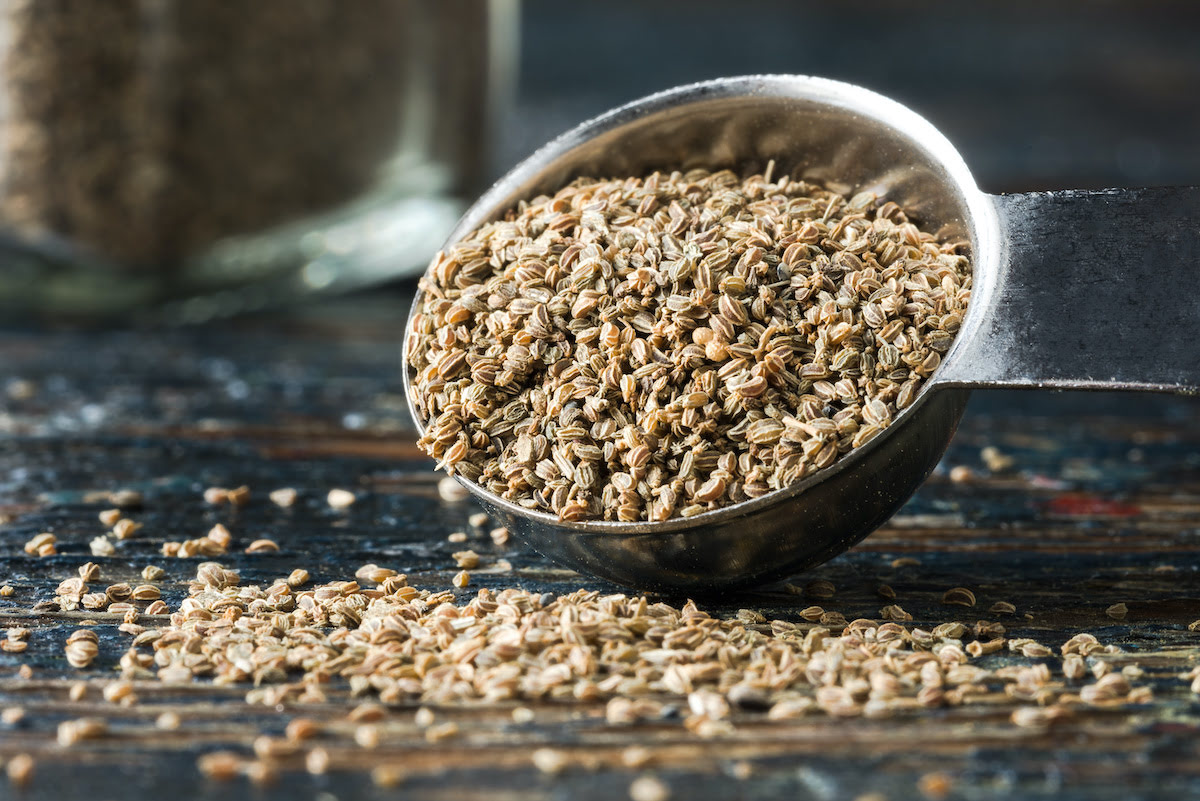
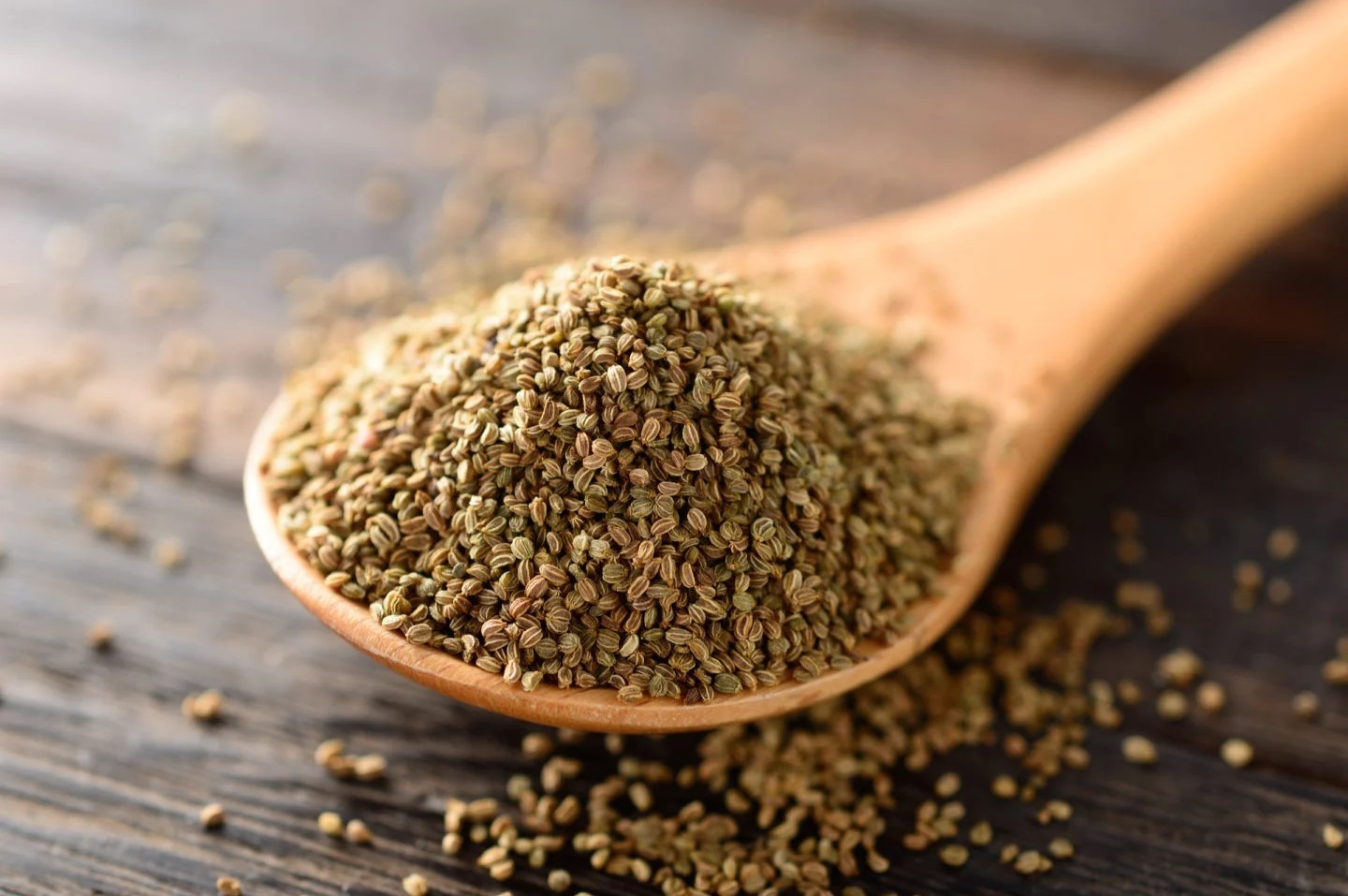
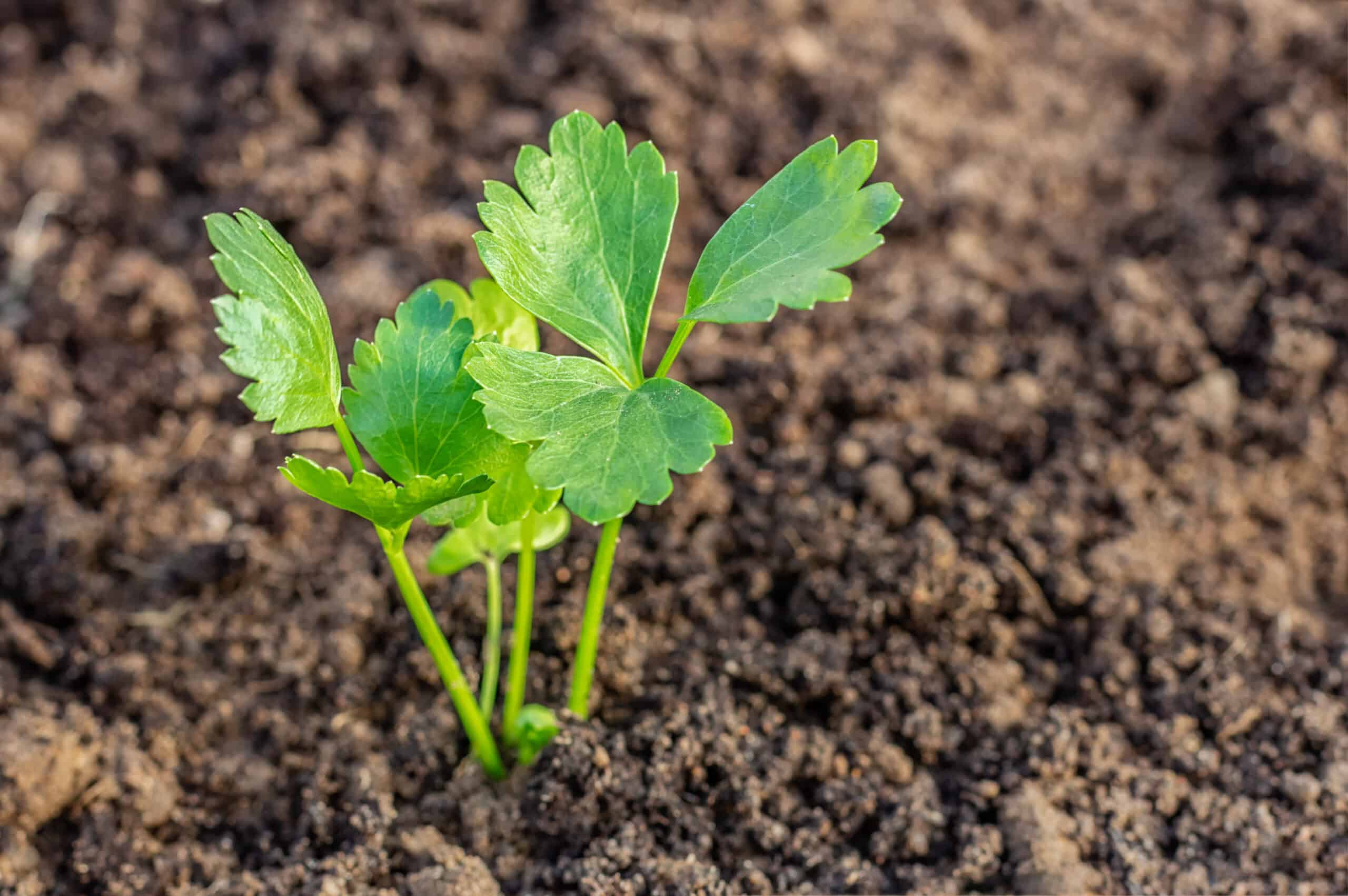
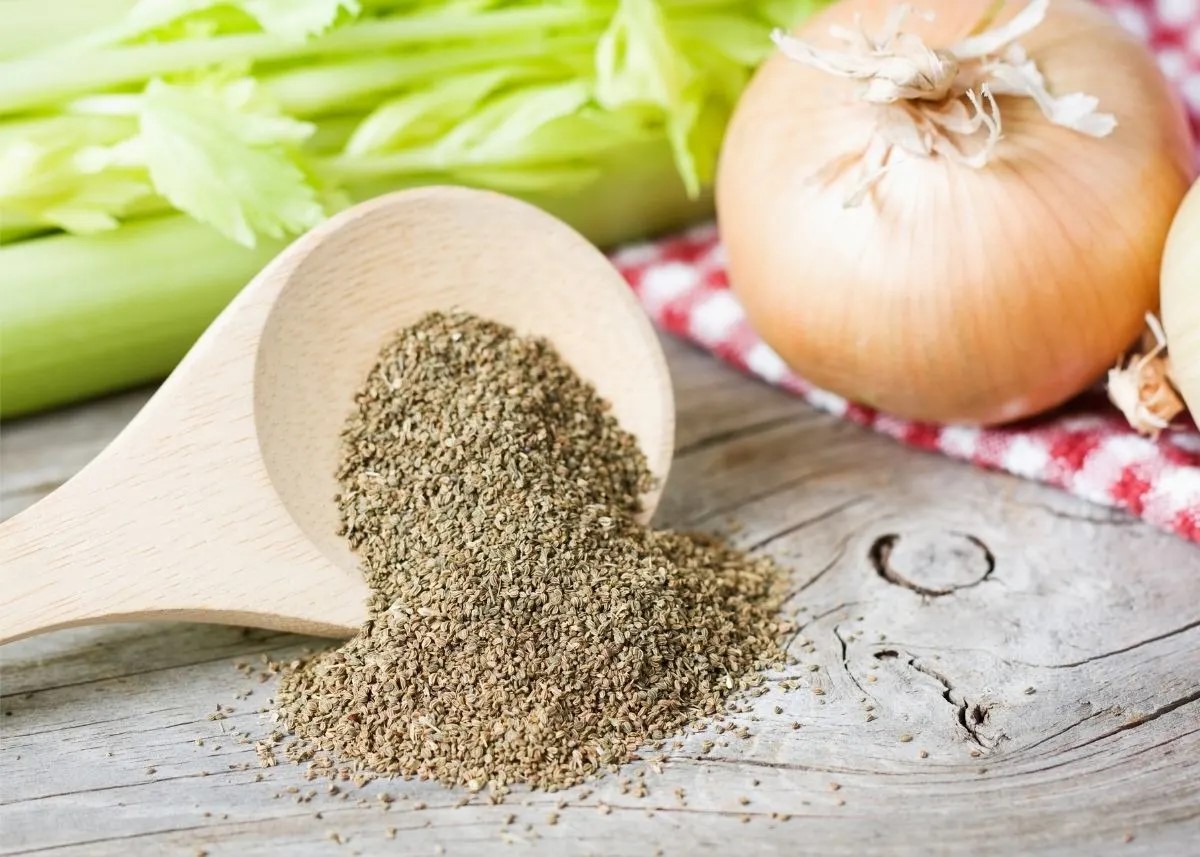
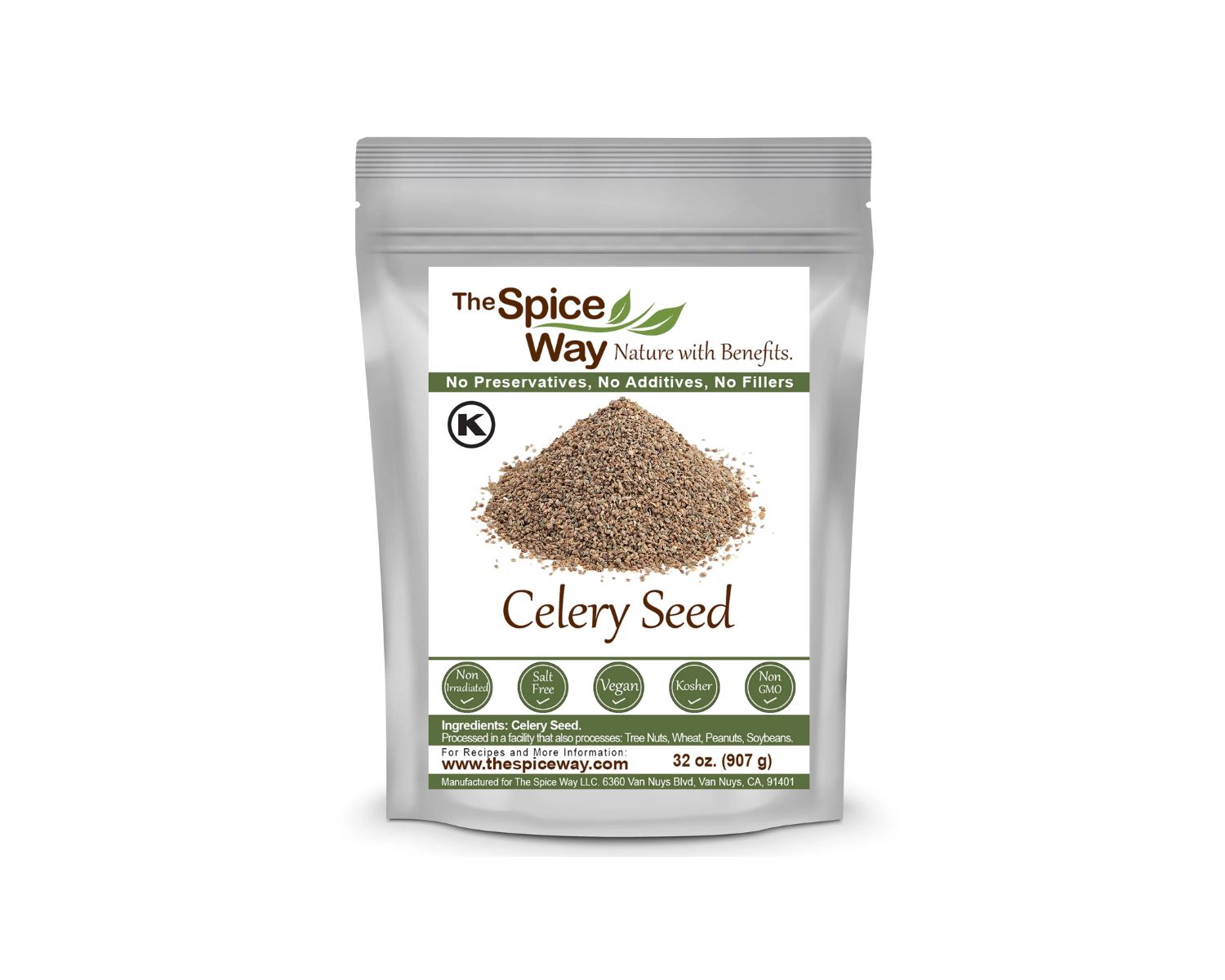
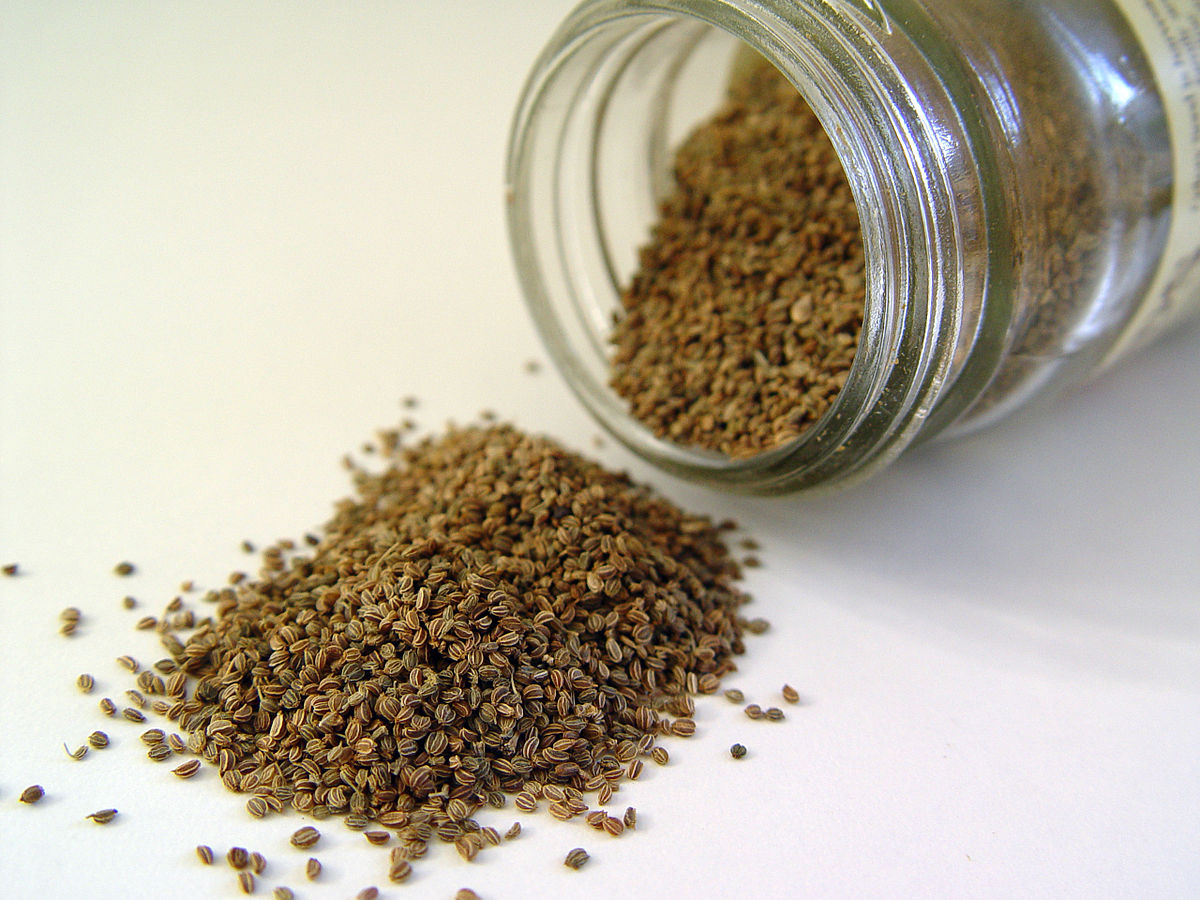
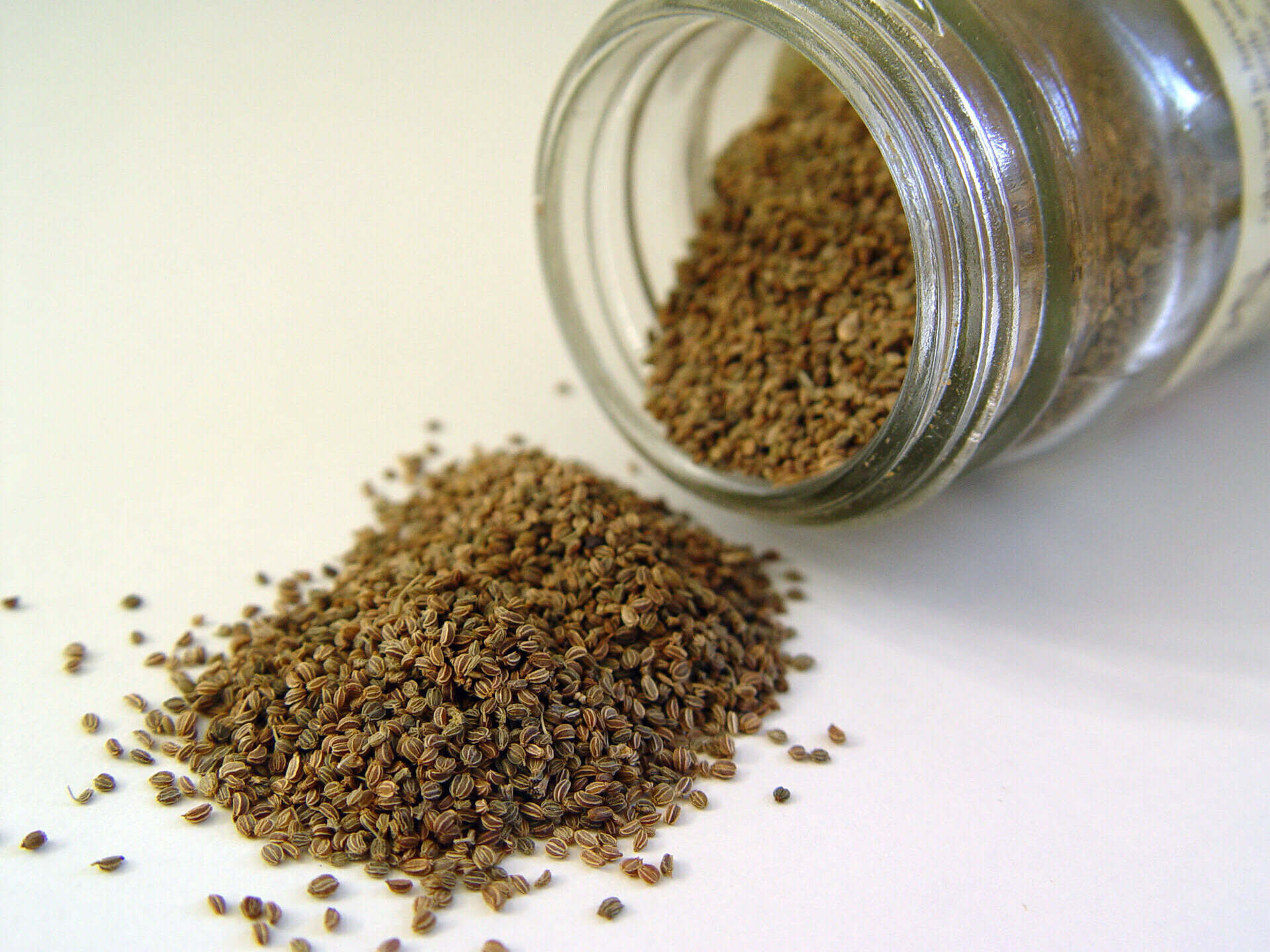
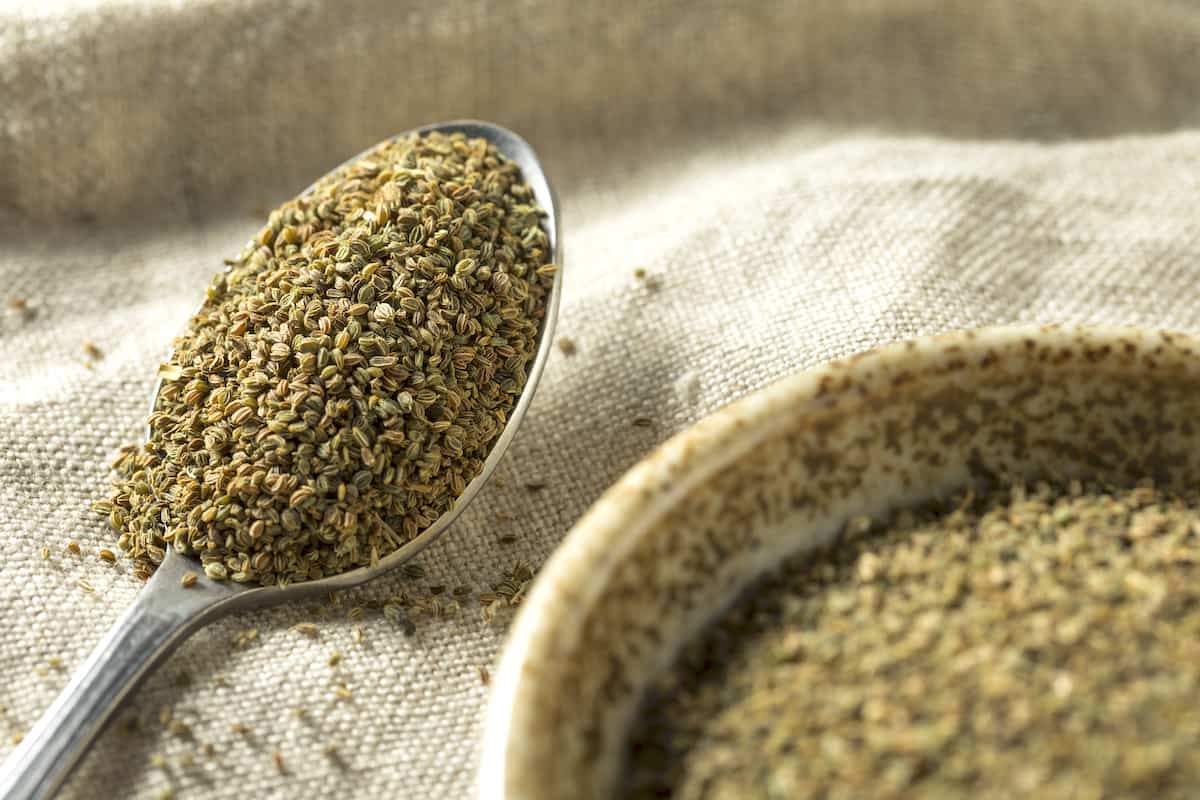
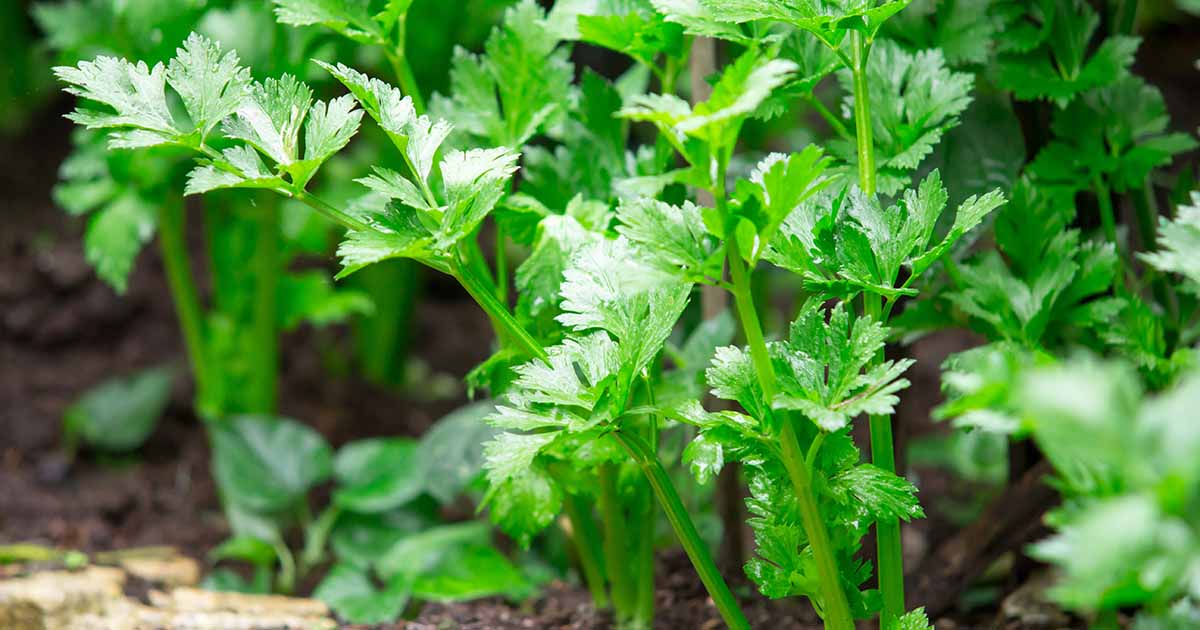
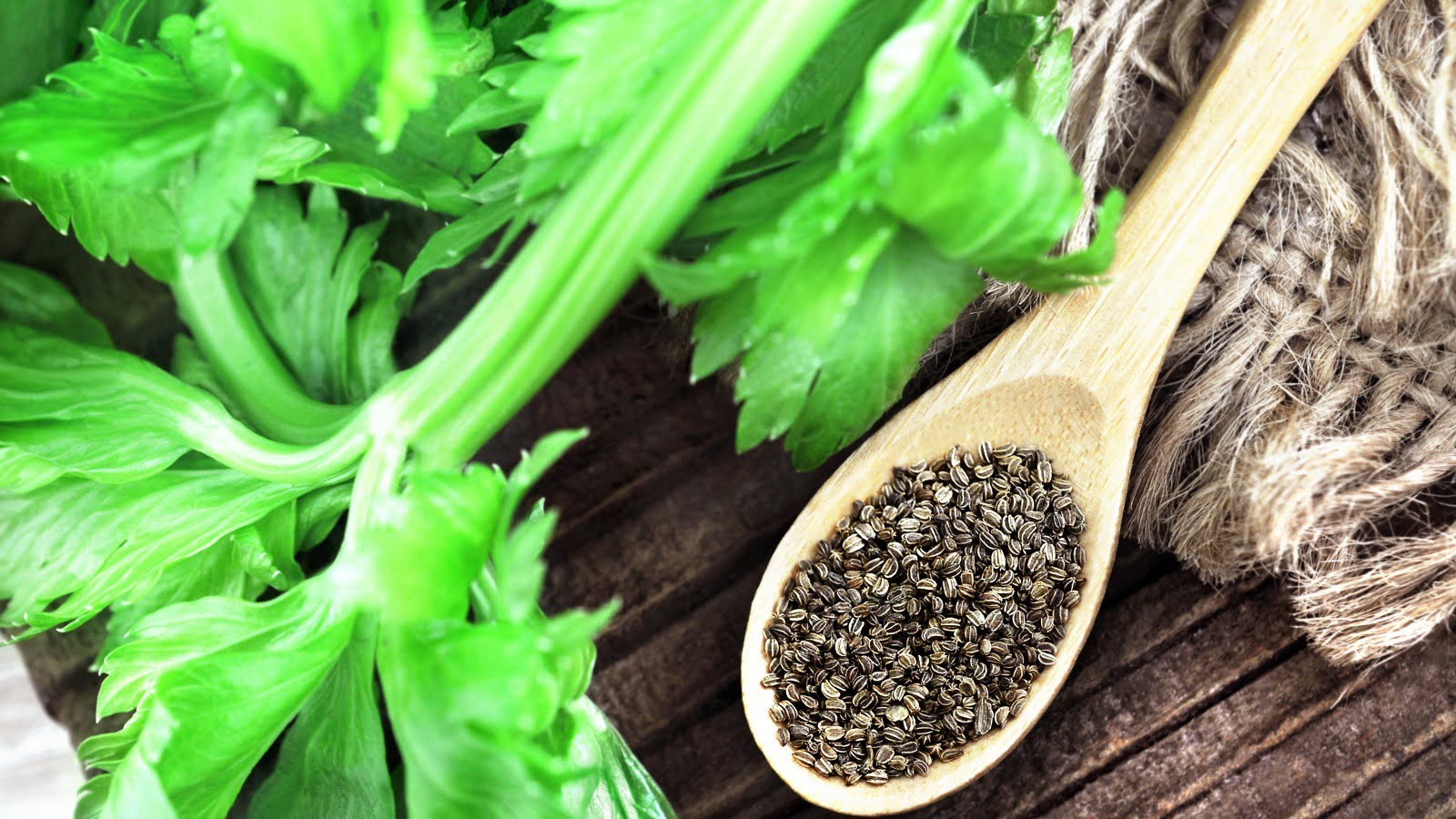

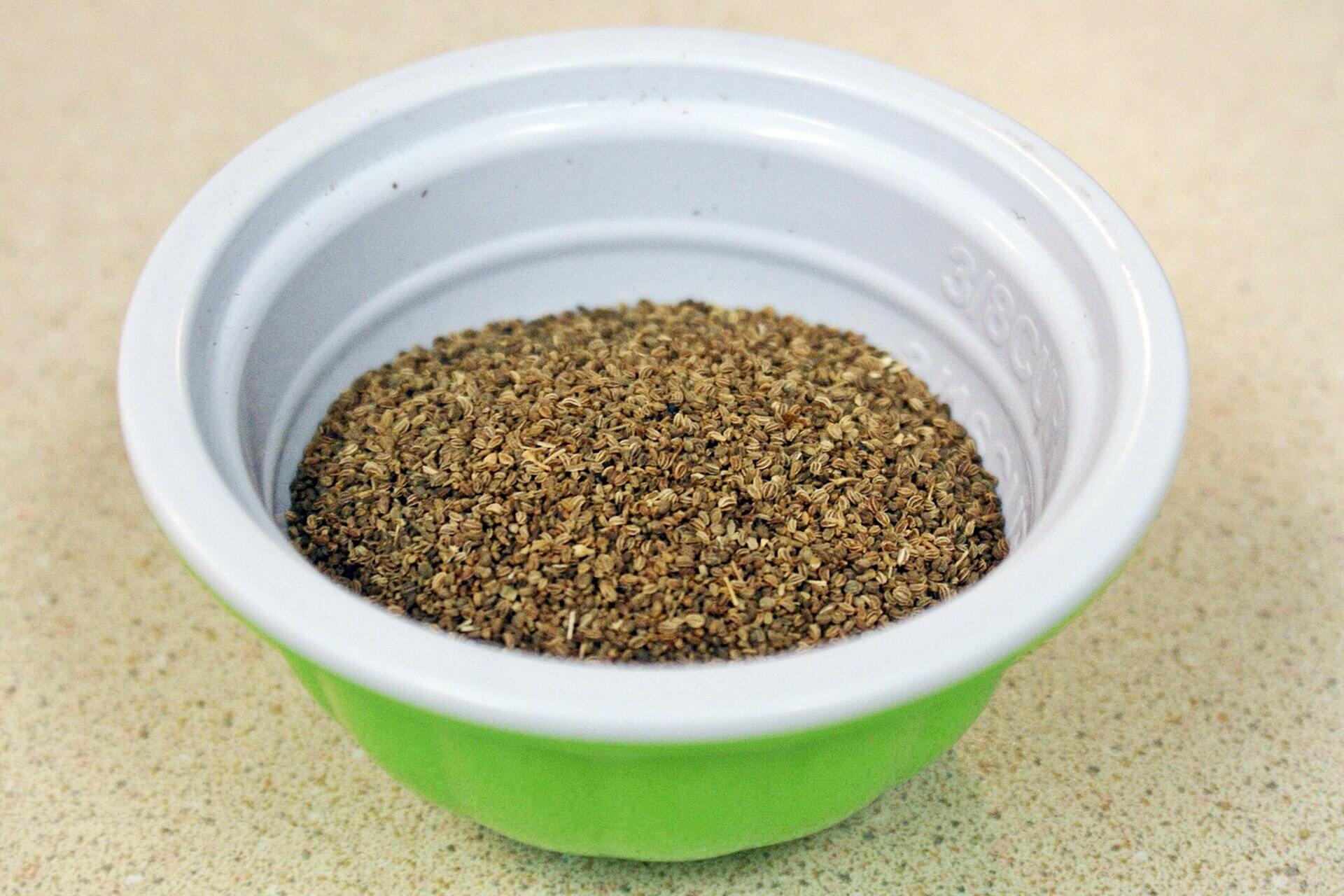
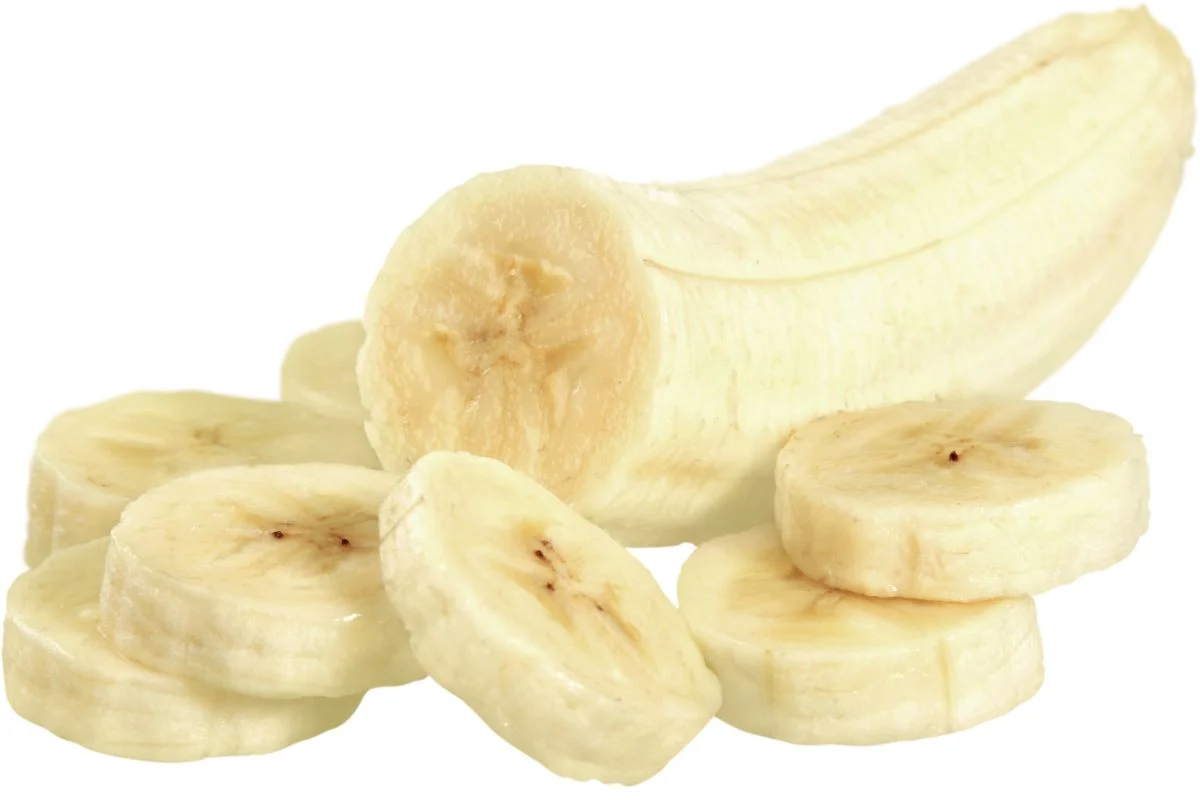
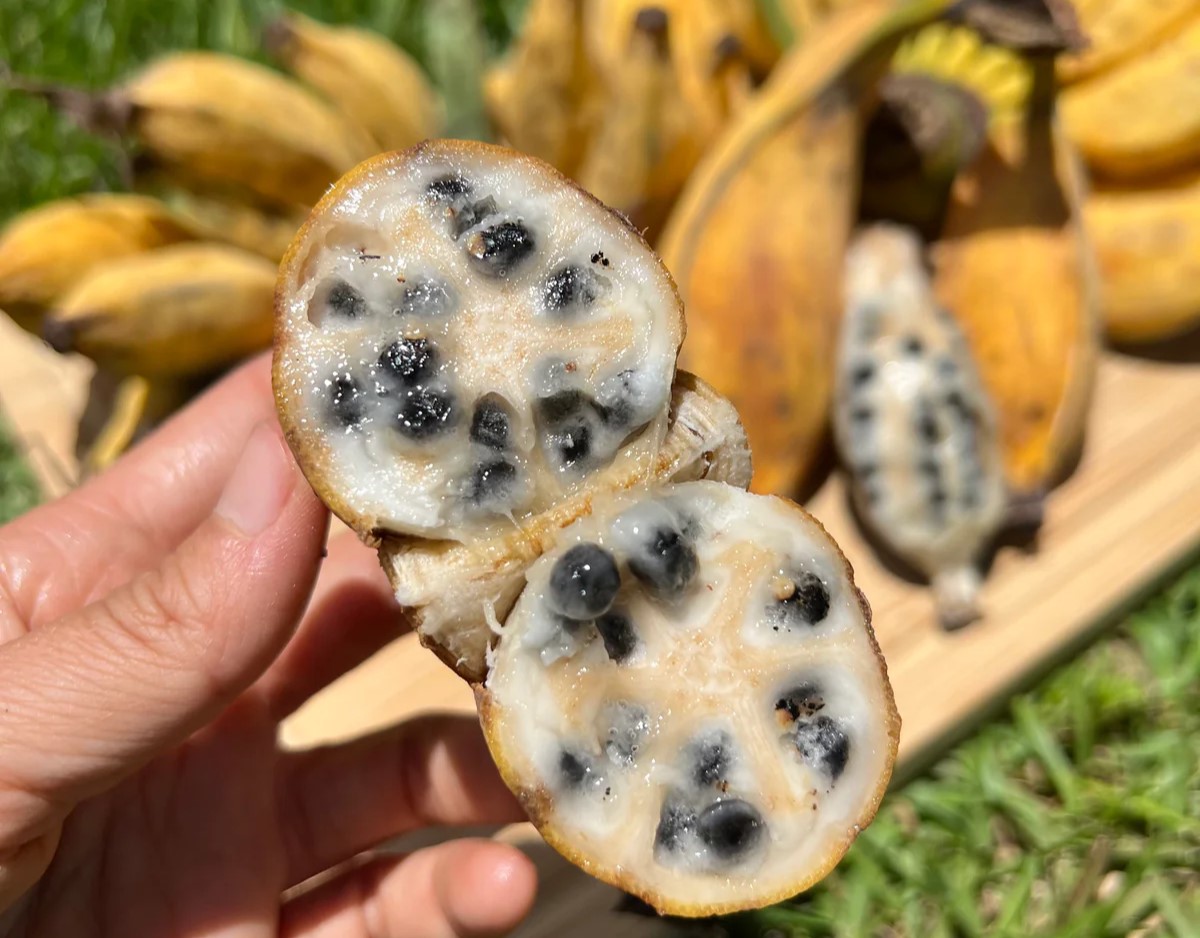

0 thoughts on “Where Are The Seeds In Celery”